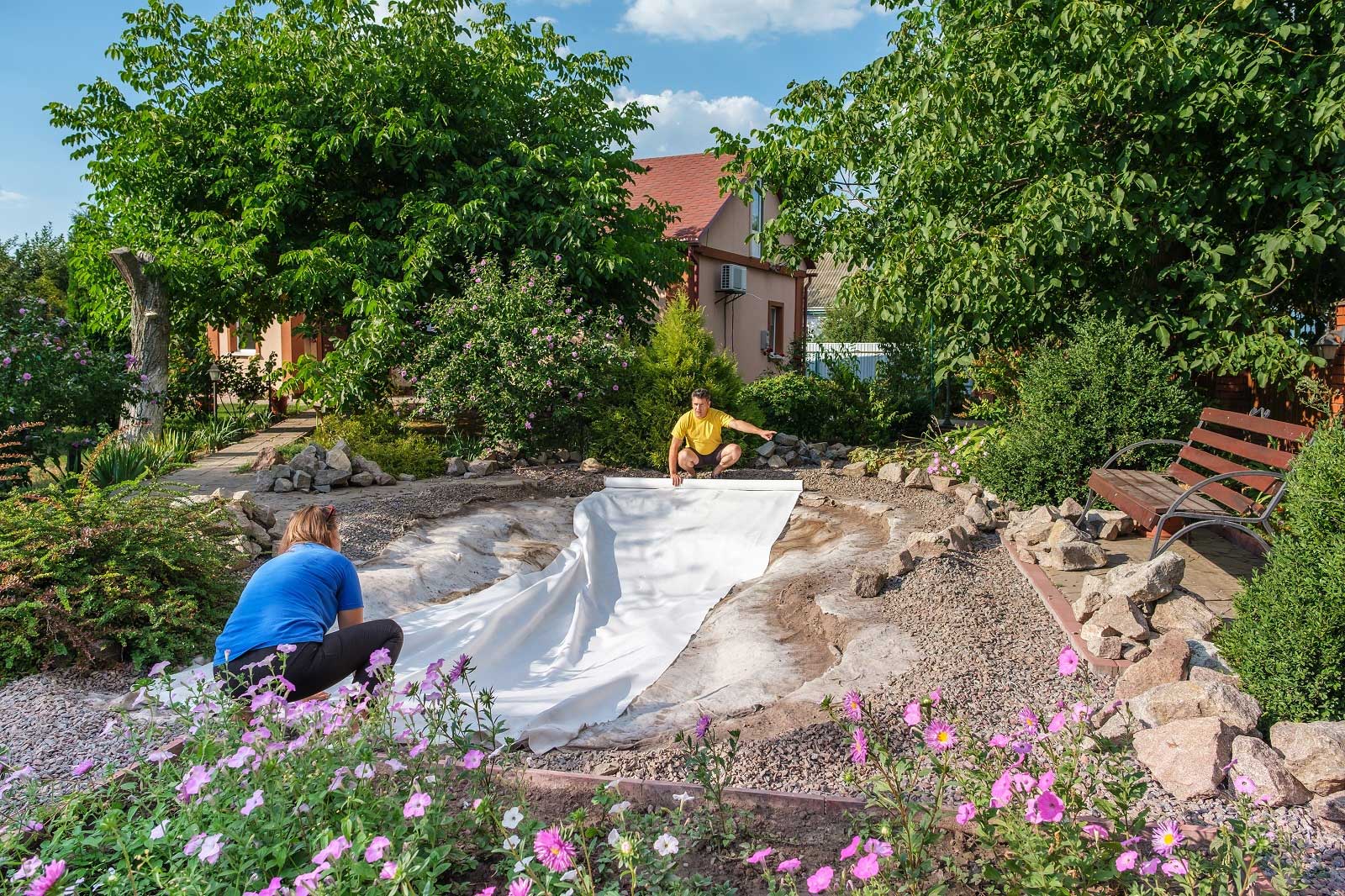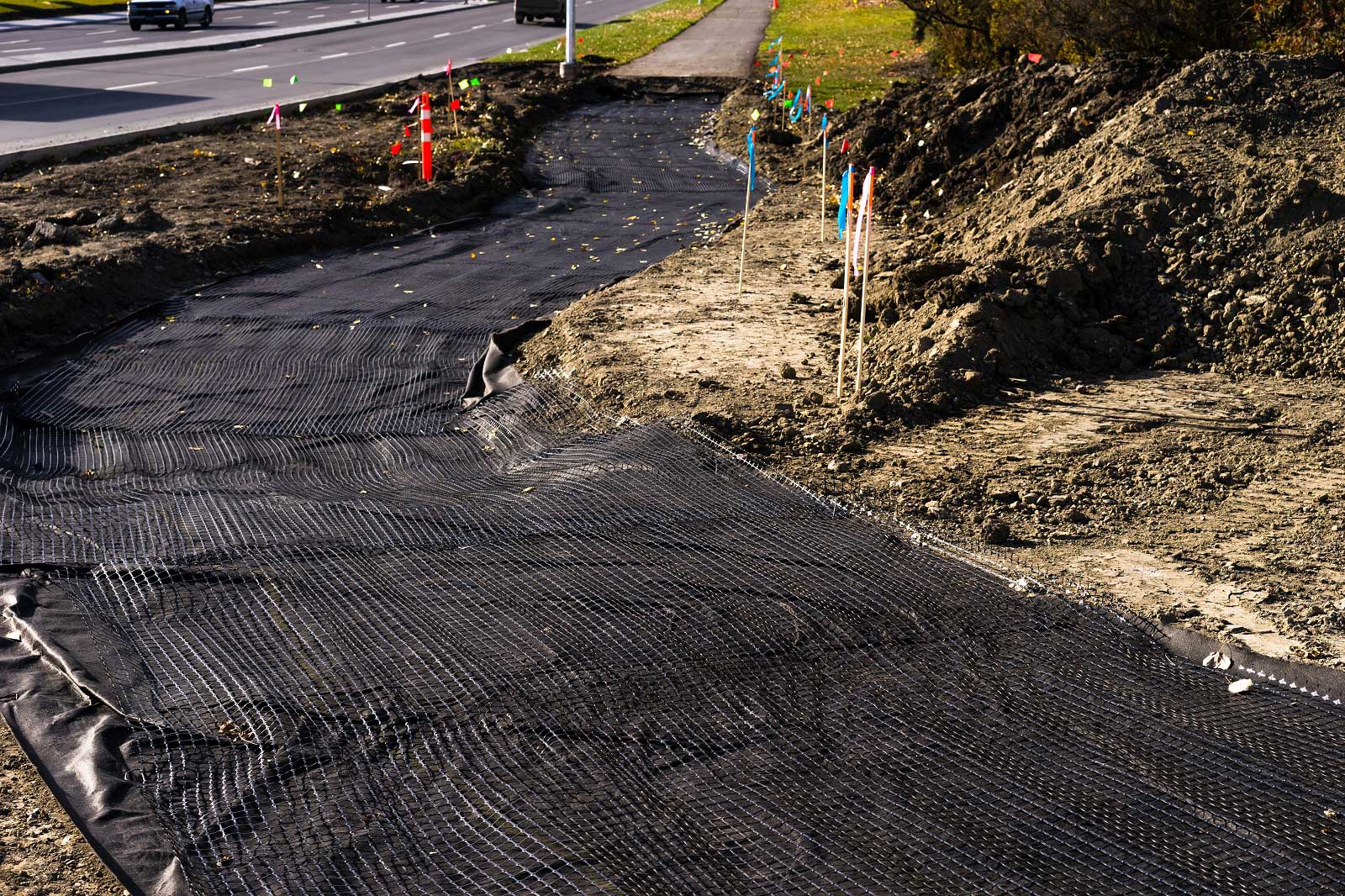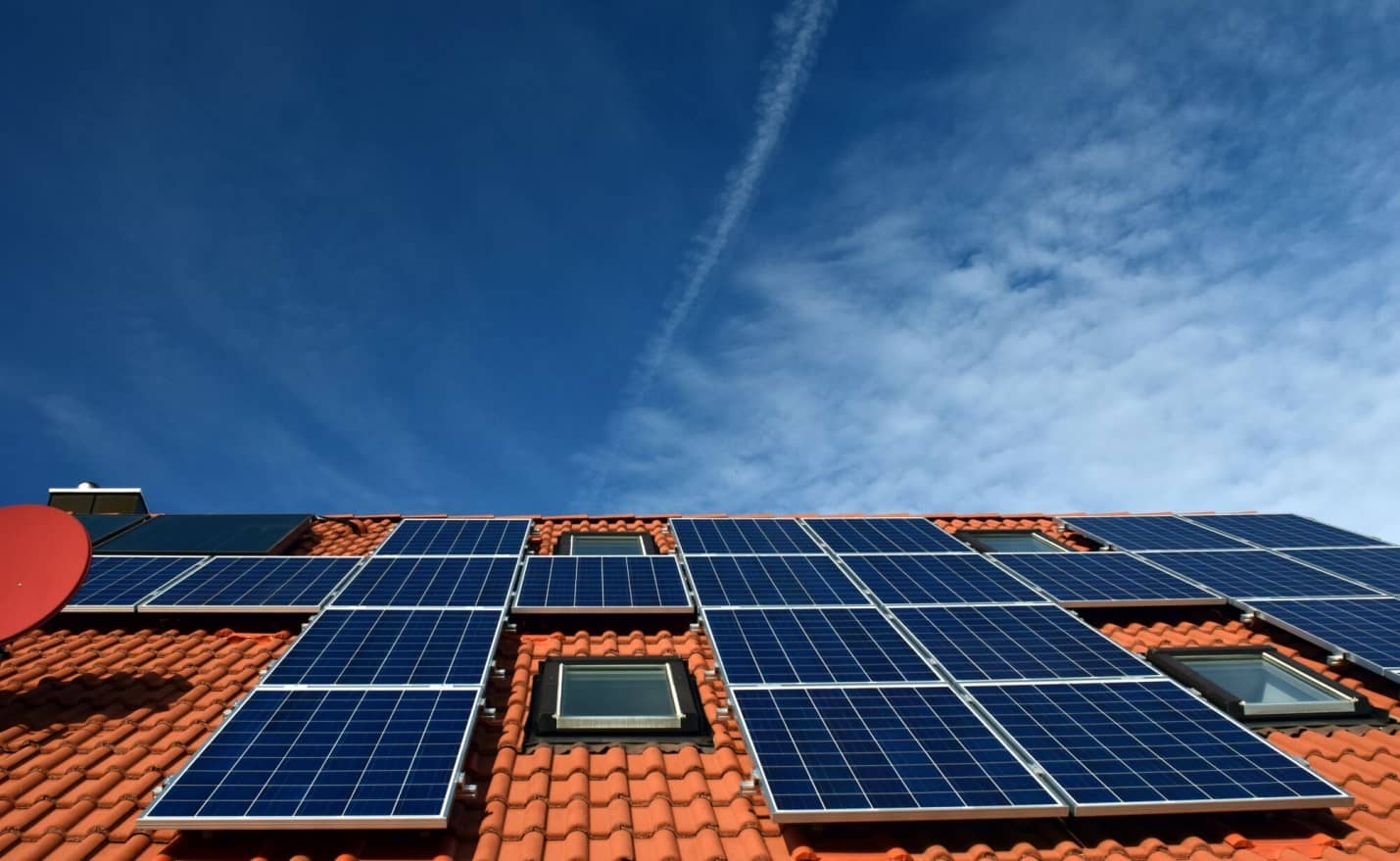Having to protect the layer of the earth’s soil is one thing that needs polishing when it comes to road construction. To further improve the soil structure for proper security among people’s use, geotextiles are widely used for this benefit.
Derived from its name, geotextiles – “geo” means “earth” and “textile” means “fabric.” Geotextile is a thin and robust membrane or a large sheet that improves soil quality for better migration of small gravels and sand aggregates.
There are several types of geotextiles that serve other purposes, as stated below:
- Woven geotextiles – These are made by interlocking fabric strips, making them the most vital geotextile type. They’re ideal for separation and reinforcement purposes.
- Non-woven geotextiles – These are made from continuous filament yarn or short-staple fibers. The fibers are bound together using chemical, mechanical, or thermal techniques. Non-woven textiles are great for separation, protection, and filtration purposes in roadways, railroads, landfills, or civil environmental projects. Non-woven geotextiles are also ideal for underwater usage for their materials cannot be dissolved in water.
- Knitted geotextiles – are best by interlocking a series of loops of yarns together. Knitted geotextiles are designed to take force in two directions and used for reinforced composites.
As there are many geotextiles out there for each specific purpose, quality geotextiles can be found at your local store or they could also be found here for better selection.
Aside from the three main kinds of geotextiles, listed below are the diverse ways of how you can use geotextiles.
Geotextiles for Separation
One way to use geotextiles is by separating two different soils to prevent them from intermixing with one another, resulting in low soil quality. When two adjacent grounds are successfully separated while they’re placed on top of each other with a geotextile in between them, they could function and provide their full potential characteristic without interfering with one another, maximizing their purpose.
They’re mostly applicable to:
- Between subgrade in railroads;
- Between landfill and stone base courses;
- Between geomembranes and sand drainage layers.
When it comes to using geotextiles for separation, you can be assured that their soil characteristics will stay intact with one another, preventing two different soil types from being mixed up together, putting their purposes into the void. As an alternative, this can also be used as a substitute for filter soil as a filter material.
Geotextiles for Reinforcement
One way to use geotextile is to improve the soil’s quality and strength, making it the same amount as steel in concrete. With geotextiles for reinforcement, you can be sure that the soil will be a lot stronger and firmer, with one another providing quality results and maximum safety for everyone.
Geotextiles for Filtration
When geotextiles are being used for filtration, you’d be able to have a much better filtering process that can be highly beneficial for your construction.
Geotextiles allow water to move in both directions, preventing the fine aggregates from moving between soil layers, allowing them to be filtered out evenly for a much better process.
One of the best places to use geotextiles for filtration is with pavement edge drain. Geotextiles can be applied both horizontally and vertically, allowing to solve drainage issues both in homes along roads.
Geotextile for Sealing
A non-woven geotextile can also be used to restrict the flow of liquids in both directions. The non-woven geotextile is being impregnated between new and existing asphalt layers allowing it to be a waterproof membrane that minimizes or eliminates any water flow into the payment structure.
Geotextile can also be used to prevent contamination of soil or groundwater from pollutants to their exposed bodies. It can help to maintain its potable water that won’t get lost due to evaporation or contamination.
Uses of Geotextile in Construction
There is wide use of geotextile in construction that helps engineering be at its best, maximizing each soil’s characteristic to its full potential without interfering with one another. The most common uses of geotextile in constructions are:
- Road Work – Geotextiles are widely used for road work, which allows the soil to have their added strength for the public’s security.
- Railway works – Since trains are always present, there’ll be a ton of series of shocks and vibrations which might cause the soil to be disrupted. With the use of geotextile, they can remain intact and separate soil from the sub-soil.
- Drainage – Since geotextiles have a great filtering system, they work best with drainage construction.
Aside from the three mentioned above, there’s a wide array of geotextiles used for public construction as they are made for more robust engineering. While they can be used for homes like removing weeds that allows you to have the perfect lawn, they’re most beneficial for public construction as it lies the people’s safety.
Conclusion
Geotextiles have a wide range of use that can be extremely beneficial for everyone. You just have to be sure that you’re purchasing the right type of geotextile so that you’ll be able to maximize its benefits and be able to release their potential when applied to the ground thoroughly.







